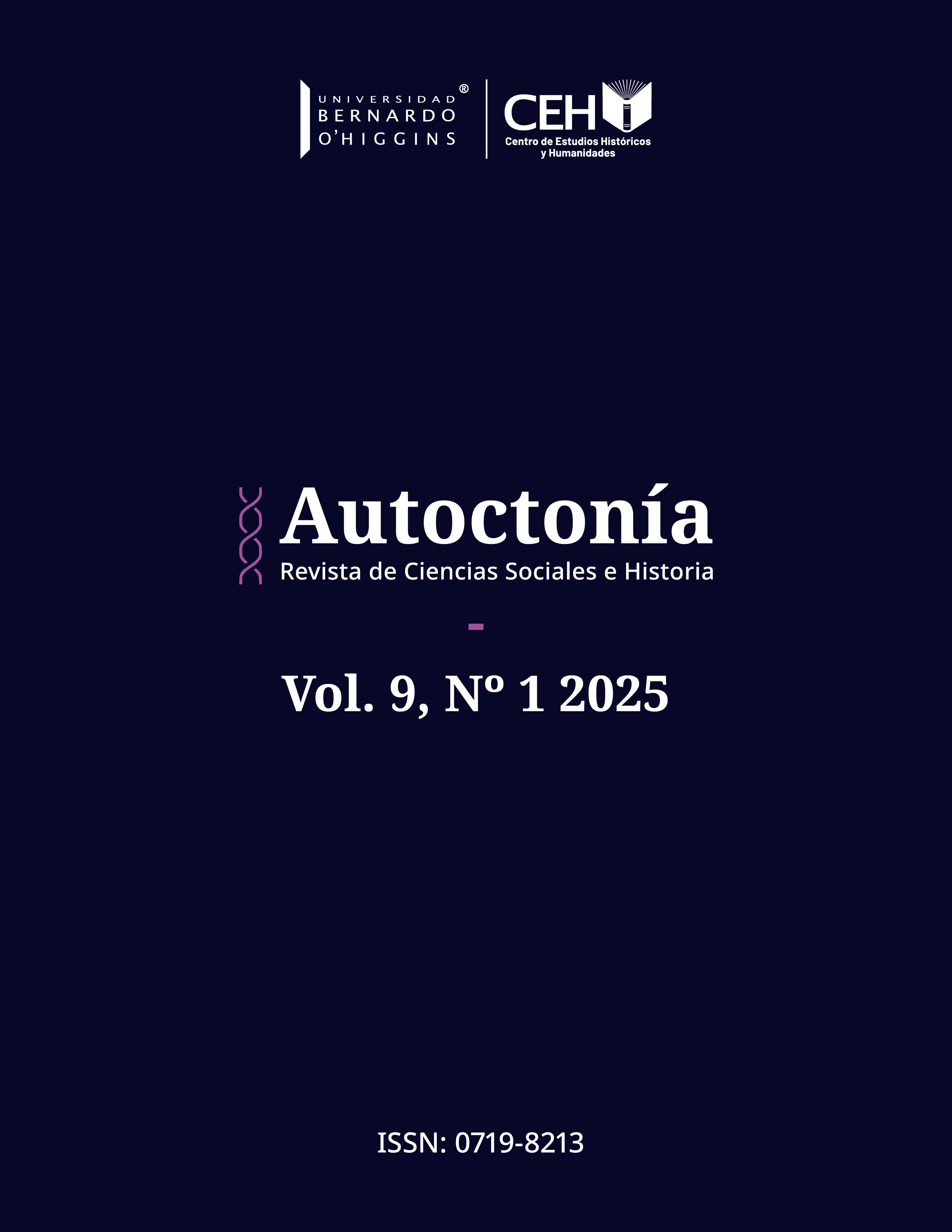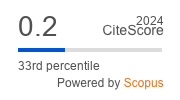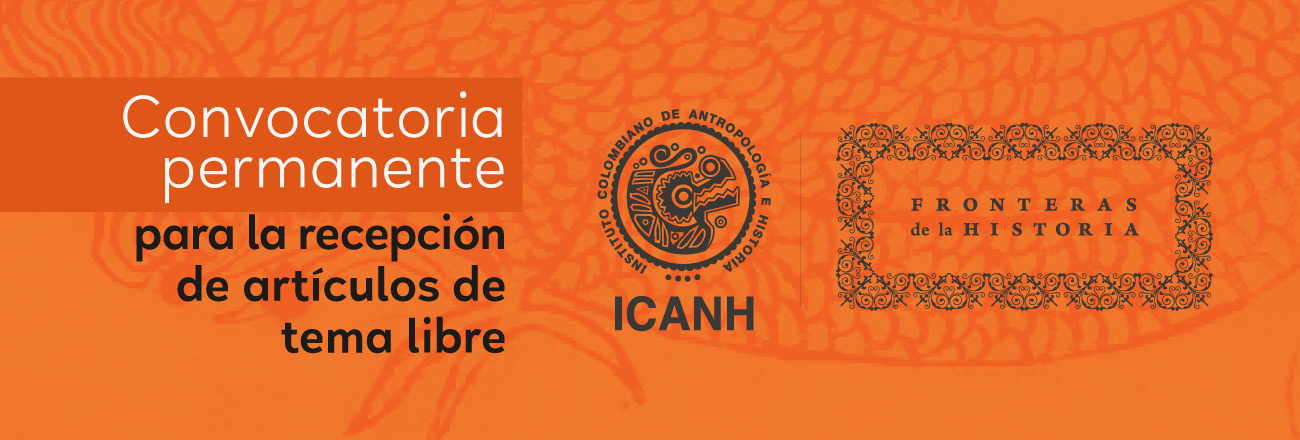The colour of bread. Mulatas of La Plata: Practices, representations and materialities in early colonial times
Abstract
This article aims to examine the socio-economic role of mulatto women in the city of La Plata (Sucre) during colonial times, a social group little explored in Latin American historiography. Using documentary sources from the National Archive of Bolivia, it reconstructs their social practices, labour occupations and identity relations in the context of the colonial system. Based on the inventories of goods, last wills and dowries between 1575 and 1635, this paper analyses how these women, especially the bakers, managed to insert themselves into the urban economy, generate capital and redefine their social status. The study shows how two mulatto women, Catalina de Ceballos and María de Pedro López, both bakers, negotiated and settled their position in a society marked by ethnic division, merging elements of indigenous and European cultures in their everyday life and attire. Through their material choices, such as clothing and household objects, Catalina and María expressed their hybrid identity and their belonging to a newly emerging social class. The text concludes that, despite colonial restrictions, mulatas were able to climb the social hierarchy and contribute to the construction of a more intricate and dynamic colonial order, which went beyond the traditional categories of Spaniards and Indians.
[Note editorial team: Dr Ana María Presta (1953-2024) said, in a message to the general editor dated 24 January 2024, that she would ‘meditate on the subject of mulatxs in order to offer you something in the near future’. Although she was unable to carry out this proposal, she left the task of sending the text of the present publication to Autoctonía. We thank Ariel Morrone and Guillermina Oliveto for taking on this task].
Downloads
References
Appadurai, Arjun, ed. (1986): The Social Life of Things: Commodities in Cultural Perspective, Cambridge University Press.
Ares Queija, Berta (2000): «Mestizos, mulatos y zambaigos (Virreinato del Perú, siglo XVI)», en B. Ares Queija y A. Stella, coords., Negros, mulatos, zambaigos. Derroteros africanos en los mundos ibéricos, Sevilla, Escuela de Estudios Hispanoamericanos, pp. 75-89.
Bauer, Arnold J. (2001): Goods, Power, History: Latin America’s Material Culture, Cambridge, Cambridge University Press.
Bauer, Arnold J. (2004): «Introduction», The Americas, 60(3), pp. 317-323.
Bender, Barbara, ed. (1993): Landscape. Politics and Perspectives, Oxford, Berg Publishers.
Dean, Caroline y Leibsohn, D. (2003): «Hybridity and Its Discontests: Considering Visual Culture in Colonial Spanish America», Colonial Latin American Review, 12(1), pp. 5-35.
Douglas, Mary y Isherwood, B. (1981): The World of Goods. New York: Basic Books.
García Canclini, N. (1995): Ideología, Cultura y Poder. Cursos y Conferencias, Buenos Aires: Oficina de Publicaciones del CBC.
García Canclini, N. (2001): Culturas híbridas. Estrategias para entrar y salir de la modernidad, Buenos Aires, Paidós.
Graubart, K. (2004): «Hybrid thinking. Bringing postcolonial theory to colonial Latin American economic history», en S. Charushella, y E. Ozen-Elabdin, eds., Postcolonialism Meets Economics, Londres, Routledge, pp. 215-234.
Graubart, K. (2007): With Our Labor and Sweat. Indigenous Women and the Formation of Colonial Society in Peru, 1550-1700, Stanford, Stanford University Press.
Graubart, K. (2009): «The Creolization of the New World: Local Forms of Identification in Urban Colonial Peru, 1560-1640», Hispanic American Historical Review, 89(3), pp. 471-497.
Gruzinski, S. y Wachtel, N. (1997): «Cultural Interbreedings: Constituting the Majority as a Minority», Comparative Studies in Society and History, 39(2), pp. 231-250.
Hamann, B. (2002): «The Social Life of Pre-Sunrise Things. Indigenous Mesoamerican Archaeology», Current Anthropology, 43(3), pp. 351-382.
Hodder, I. (1988): Interpretación en Arqueología, Barcelona, Crítica.
Jameson, R. (2004): «Bolts of Cloth and Shreds of Pottery: Impressions of Caste in the Material Culture of the Seventeenth Century Audiencia de Quito», The Americas, 60(3), pp. 431-446.
Johnson, Mathew (1996): An archaeology of capitalism, Baldwin/Cornwall, Blackwell Publishers.
Mangan, Jane E. (2005): Trading Roles: Gender, Ethnicity, and the Urban Economy in Colonial Potosí, Durham, Duke University Press.
Miller, Daniel (1995): «Consumption and Commodities», Annual Review of Anthropology, 24, pp. 141-161.
Pounds, Norman J. G. (1992): La vida cotidiana: Historia de la cultura material, Barcelona, Crítica.
Presta, Ana M. (2010): «Undressing the Coya and Dressing the Indian Women. Market Economy, Clothing, and Identities in the Colonial Andes, La Plata (Charcas), Late Sixteenth and Early Seventeenth Centuries», Hispanic American Historical Review, 90(1), pp. 41-74.
Rappaport, Joan (2009): «Mischievous lovers, Hidden Moors, and Cross-Dressers: Defining Race in the Colonial Era», Journal of Spanish Cultural Studies, 10(1), pp. 7-25.
Zúñiga, Jean-Paul (2000), «Morena me llaman…» Exclusión e integración de los afroamericanos en Hispanoamérica: el ejemplo de algunas regiones del antiguo virreinato del Perú. siglos XVI-XVIII, en B. Ares Queija, y A. Stella, coords., Negros, Mulatos, Zambaigos, Sevilla, Escuela de Estudios Hispanoamericanos, pp. 109-110.
Copyright (c) 2024 Ana María Presta

This work is licensed under a Creative Commons Attribution-NonCommercial-ShareAlike 4.0 International License.

Esta obra está bajo licencia internacional Creative Commons Reconocimiento-NoComercial-CompartirIgual 4.0.









_18.09_.00_1.png)


















